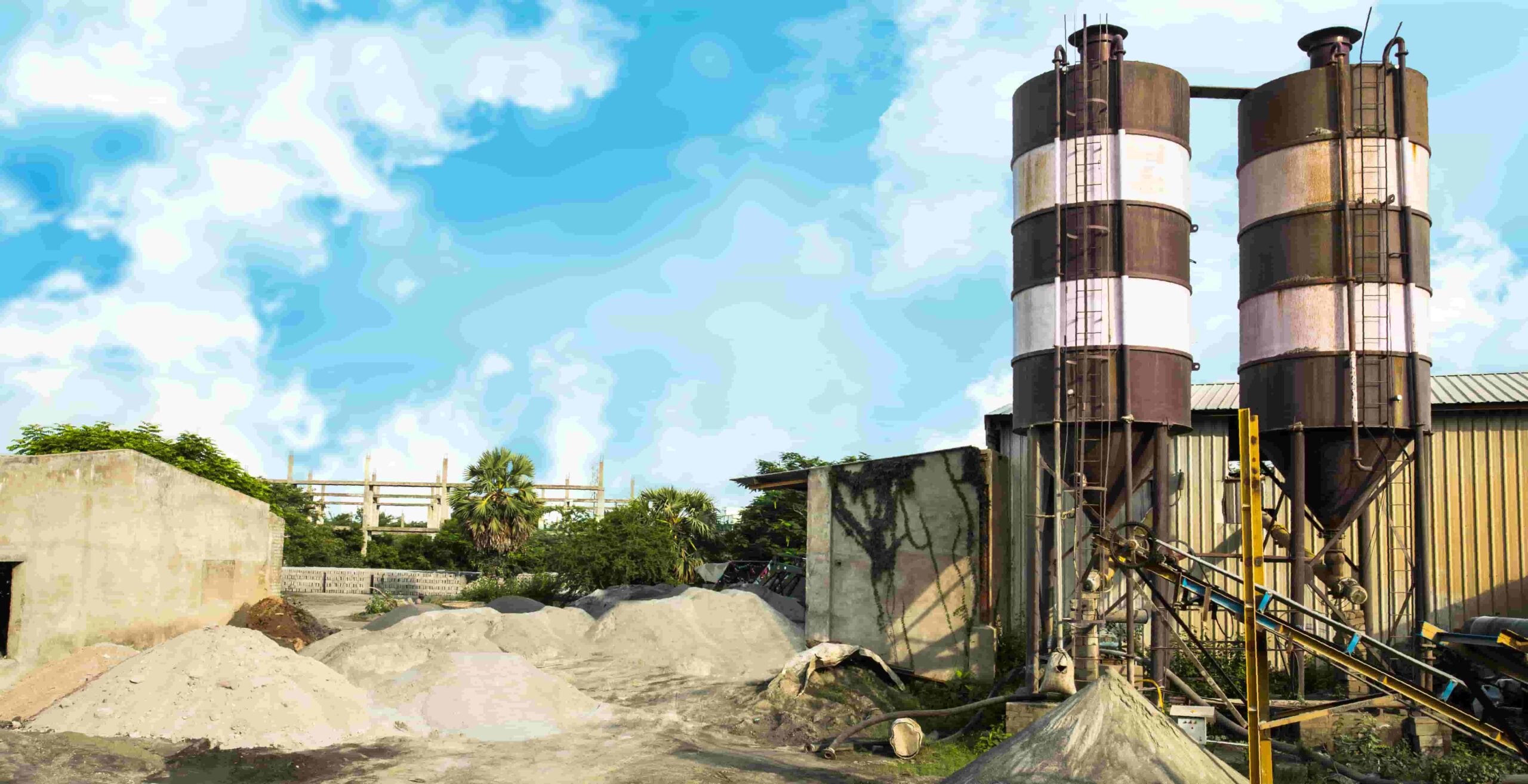
Posted on May 26th, 2023 by Carrier Vibrating
Sustainable development is a development that meets our present needs without violating the rights of upcoming generations to meet their needs in the future. Sustainable development has become a major concern in our contemporary world, with sustainable energy and construction at the core.
According to estimates by the International Energy Agency (IEA), the worldwide demand for energy will increase by 25% by the year 2040. This increased demand for energy will boost the demand for many types of energy. One current source of energy that’s use is expected to increase over this timespan is coal.
When coal is burned as an energy source, it provides energy and produces many byproducts, including fly ash, bottom ash, carbon dioxide gas, and other smaller products. The use of coal power plants has contributed to the rise in CO2 emissions all over the globe. In addition, disposing of fly ash, a byproduct of burning coal, poses a grave environmental threat.
How Fly Ash Can Help in Sustainable Construction
The world will burn more coal in the coming years, generating significant fly ash. What if this vast amount of fly ash could be used as a substitute for cement in concrete for construction purposes?
Cement, the major component of concrete, poses severe environmental issues as it emits tons of CO2. In fact, the cement industry is one of the top three industrial energy consumers, accounting for nearly 7% of global CO2 emissions. The overall environmental impact of concrete can be reduced. Without compromising its durability, fly ash is added as a cement substitute.
Here are some ways fly ash can make construction more environmentally friendly and economically viable.
Reduced water usage
Fly ash particles possess a spherical shape, increasing cement’s workability and reducing water demand. Recently, innovative technologies have been developed to replace more than 50% of cement with pure fly ash. For example, fly ash has replaced 70% of the cement used at the Ghatghar dam project in India via roller-compacted concrete (RCC)
Low degradation of natural resources
Byproducts of pulverized coal combustion, like fly ash, are commonly used in landfills. This can lead to the degradation of land, water, and other natural resources. Recycling fly ash for construction can eliminate this natural resource degradation.
No carbon footprint
Approximately one ton of carbon dioxide is generated while producing one ton of Portland cement. Meanwhile, no extra CO2 is produced with fly ash. Therefore, substituting fly ash for Portland cement in making concrete reduces the overall carbon footprint.
Coal Dryer: Paving the Way for Sustainable Construction Practices
Carrier Vibrating Equipment, founded in 1950, is a pioneer in vibration technology. We are specialists in designing and developing bulk material handling or processing equipment, like coal dryers.
Our low-maintenance, custom-designed coal dryers with high thermal efficiency can improve coal combustion efficiency by reducing emissions. Our coal dryers, including fluid bed coal dryers, can be used for any coal type, such as lignite, anthracite, and filter cake coal.
In addition, our equipment can enhance the quality and utility of fly ash by improving its homogeneity, fineness, carbon content, and pozzolanic activity. Our coal dryers can reduce transportation and storage costs by reducing the weight and volume of coal and fly ash.
Contact us to learn more about our company and fly ash machinery.






